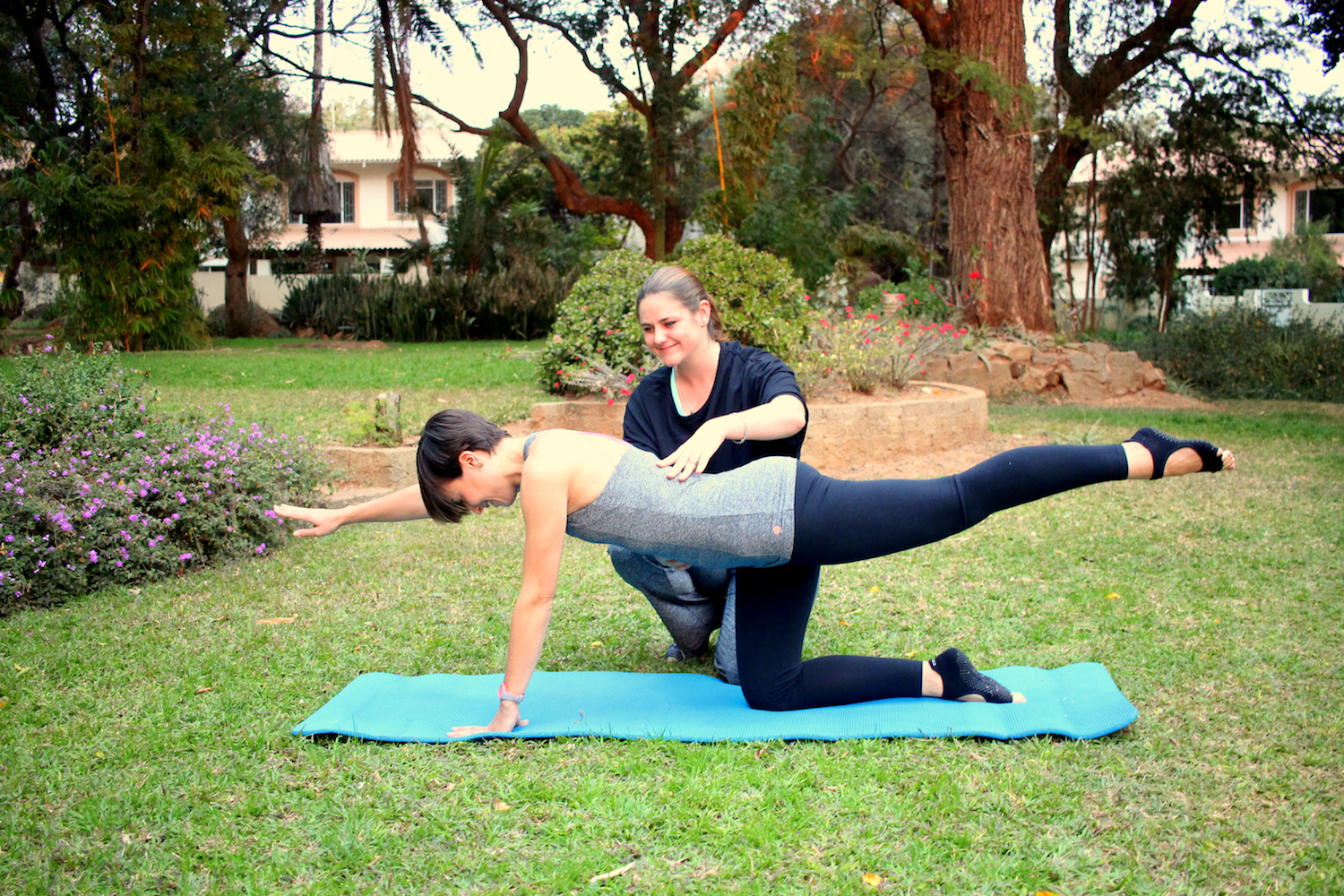
Postnatal Pilates and Postnatal Physiotherapy are performed by women to recover post childbirth. The pelvic floor muscles lie between the tailbone and the pubic bone, supporting the bowel, uterus, bladder and vagina. The muscles can get weakened after having a baby. Strengthening the pelvic floor muscles can be important to prevent and treat issues like incontinence and pelvic organ prolapse. During postnatal Pilates, you can learn how to activate the pelvic floor muscles. The muscles can then be strengthened by performing a range of exercises to train the pelvic floor for everyday activities as well as higher impact exercises.
Postnatal Pilates Reduces Abdominal Separation
During pregnancy, the abdominal muscles can stretch to accommodate the growing baby. Abdominal separation might occur when the connective tissue sheath that joins the left and right abdominals stretches by creating a gap. Pilates can activate the deep abdominal muscles, especially the transverse abdominis that lie underneath the abdominals, which are the ‘six pack’ abs. Training the deep muscles present above and around the abdomen can reduce abdominal separation. Besides, Pilates also teaches you to properly use your core for exercise as well as everyday activities.
Core Strengthening
When it comes to Pilates, core refers to the transverse abdominis, the diaphragm and the pelvic floor muscles. All these muscles lie underneath the superficial abdominal and back muscles. If you are able to successfully learn how to activate these muscles, they can provide a strong and stable base for various activities such as lifting and all forms of exercise. When such muscles are switched on and are working properly, difficult tasks can be easy to achieve with the help of good technique.
Whole Body Strengthening
Other than training the core muscles, Plates can help in strengthening the lower and upper body too. Pilates targets the whole body and involves exercises that strengthen the core, arms, legs, and gluteal muscles. Pilates also helps to enhance posture.
When to Begin Postnatal Pilates?
It varies from individuals depending on the type of birth (vaginal or caesarean) and the degree of abdominal separation. In most cases, women can start off with Postnatal Pilates in six weeks post-delivery. To make sure you are ready, have an individual assessment by a physiotherapist. The assessment may make use of a real-time ultrasound to assess the pelvic floor and transverse abdominus muscles. This allows the physiotherapist to identify and understand how the muscles work and how to adjust the exercises as needed to suit you.
What to Expect from Postnatal Pilates?
You can expect exercises that would target the strengthening of the muscles that are most affected by pregnancy as well as childbirth. Knowledge and education about pelvic floor health appropriate exercises that can be done at home and high impact exercises are the best way to recover from the effects of pregnancy after childbirth. Individual adjustments are made by the physiotherapists to make sure that each exercise is done at the right level for you. You can research well online regarding various centres that offer postnatal physiotherapy, postnatal Pilates and various exercises. If you perform such exercises and follow the advice of physiotherapists, you can regain your shape and strengthen your muscles in no time!
